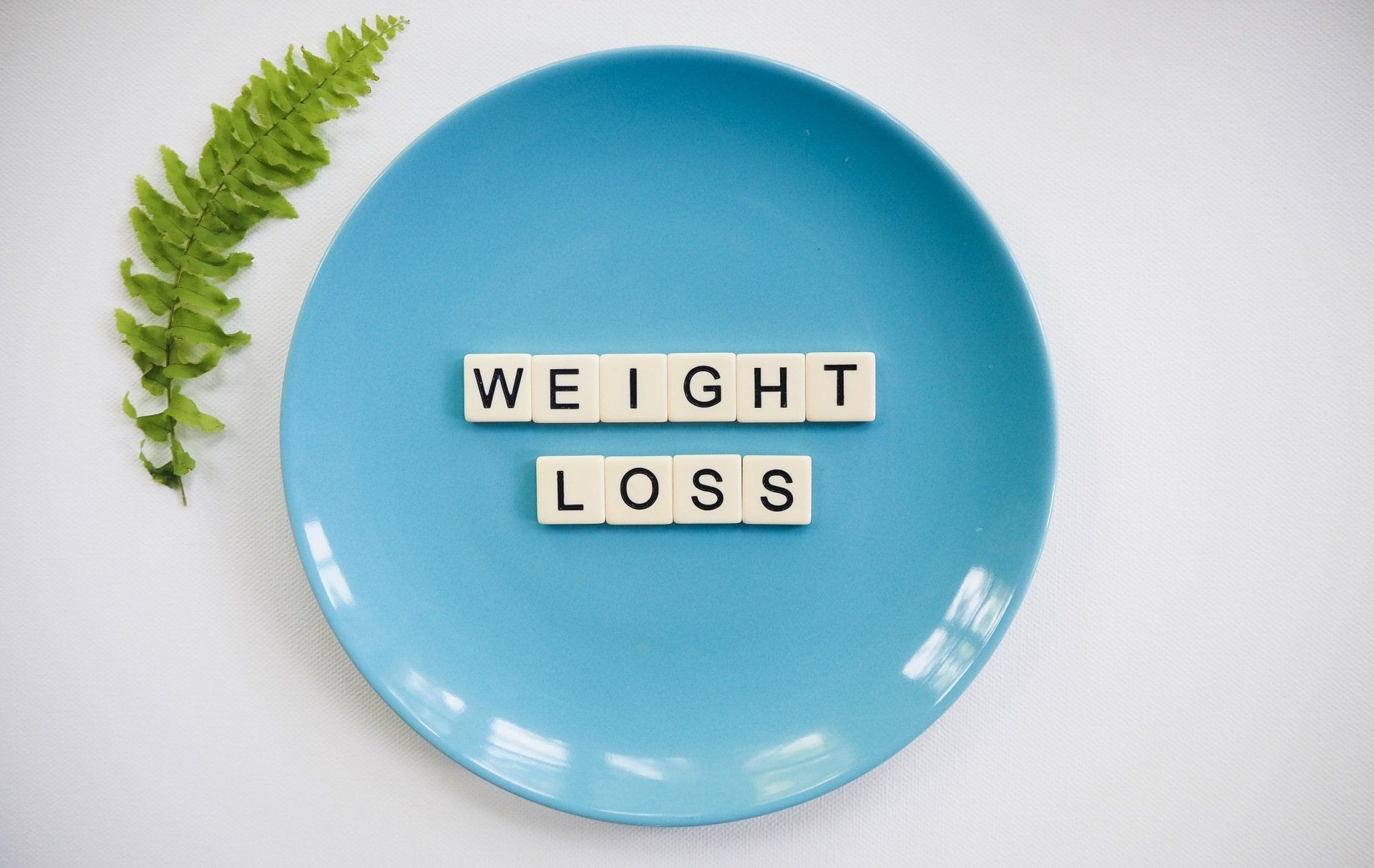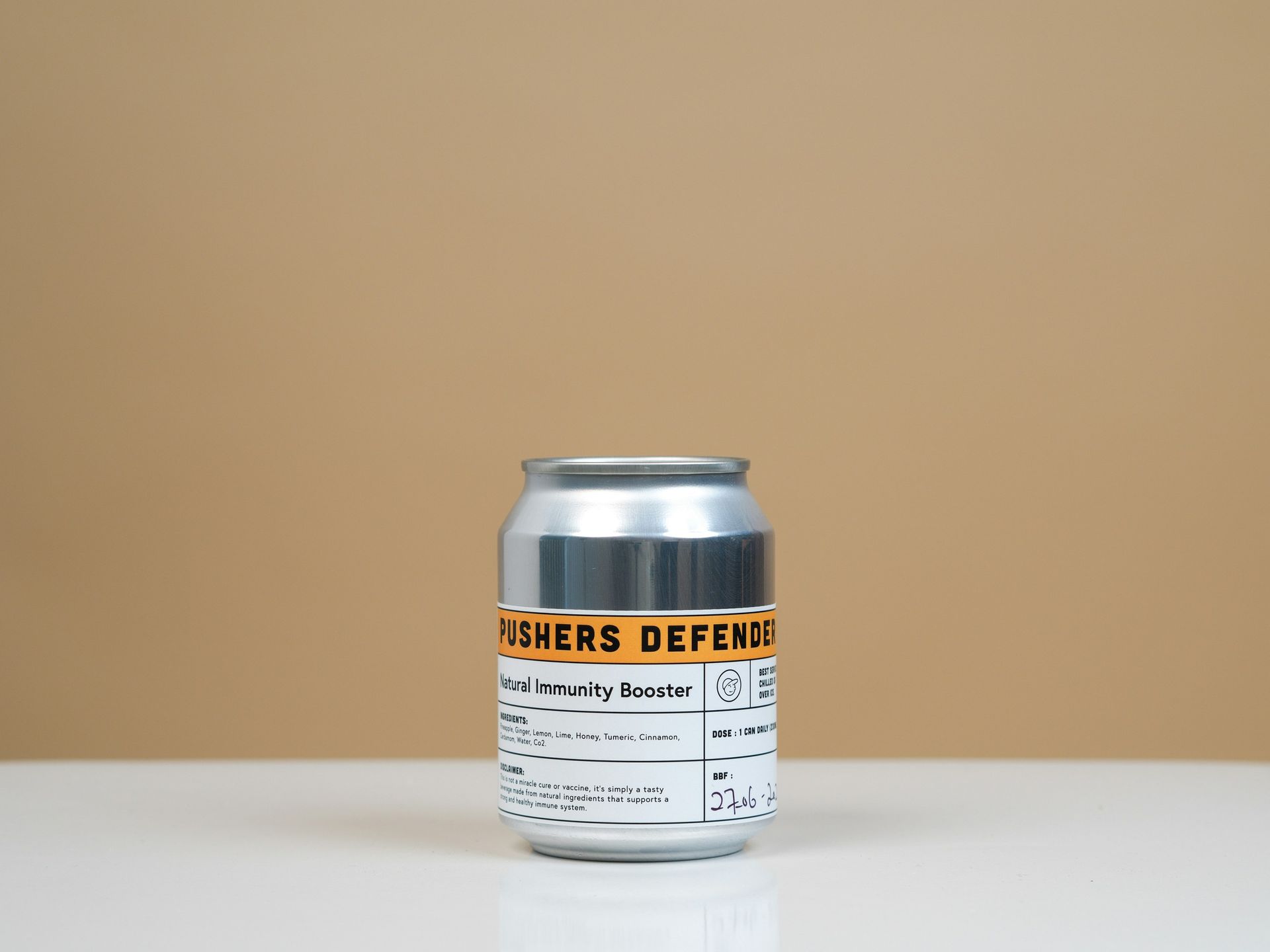Meat and cancer risk – What you need to know
HEADLINES: Eating meat is linked to cancer risk
but...
ATKINS DIET DOES NOT EQUAL A "HIGH MEAT DIET"
This is a common misconception. Some people think that in order to go on a low carb Atkins diet, one has to eat high amounts of protein. You can, but it is a matter of choice. Atkins simply means "low carb." As long as you fulfill that criteria, it doesn't matter if fat equals or surpasses protein with the Atkins. Ketogenic diets are a bit more defined, as you will read below.
ATKINS VERSUS KETOGENIC
Many patients come to me with concerns about eating so much meat! "Will this increase my risk of cancer?"
Contrary to popular belief, the low carb diet does not mean that one has to eat high amounts of protein.
When we refer to the Atkins diet, the requirement is that you consume low amounts of carbohydrates, which usually means 5-10% of your daily requirement. The rest is really up to you. The remaining 80-90% will be broken down into fats and protein.
When we refer to the ketogenic diet, you also consume low amounts of carbohydrate, but must watch and weigh all your food. The predominant portion of this diet is actually FAT, not protein. Take the total and calculate the proper proportions that go into the categories of FAT (65-75%), PROTEIN (20-30%) and CARBOHYDRATES (5%).
TYPES OF MEAT
Red meat usually refers to beef, lamb and pork.
White meat refers to poultry (chicken, duck,turkey) and fish.
Processed meat: These are usually the meat that you see in delis, preserved and salted meats. Bacon, salami, sausages. These usually have special plastic packaging and are labelled. Check to see if they have the ingredient "SODIUM NITRITE." This is used as a preservative, and can be carcinogenic (cancer causing). It is added in order to prevent food poisoning, and to prevent botulism, another bacterial contamination which can make the meat deadly. Unfortunately, this preservative can encourage cancer to develop.
PROCESSED MEAT, RED MEAT, AND HOW IT CAUSES CANCER
How does meat increase cancer risk? And what types of cancer?
According to the World Health Organization (WHO), colon cancer is the third most common cancer in men and the second most common cancer in women. Over half of these cases are seen in highly developed, industrialized countries.
The American Institute for Cancer Research recommends avoiding processed meat like ham, salami, bacon, sausages and hotdogs. These processed meats have preservatives such as sodium nitrite.
Red meat contains chemicals called nitrosamines, which is linked to colon and stomach cancer.
Red meat also contains "heme," the molecule present in the muscles of meat, which also gives meat its color. This is also what is found in our blood, and is what helps carry oxygen around within our bodies. Poultry and fish also contain some "heme" but it is TEN TIMES (10X) LESS. When the body digests the heme, this molecule is broken down and the"iron" that is trapped within it is released.
This "heme" iron can cause damage by triggering the production of "reactive oxygen species" (ROS) which can then damage the body's DNA, and promote the formation of cancerous cells.
Heme can also promote lipid peroxidation (breakdown of fat) which leads to another cancer causing chemical called malondialdehyde.
COOKING MEAT, THE DANGEROUS WAY
Cooking meat at very high temperatures (grilling, open flames, roasting, deep frying) can trigger formation of cancer causing heterocyclic amines and PAH polycyclic aromatic hydrocarbons (types of chemical compounds formed during the high heat cooking process) that can cause cancer.
HOW MUCH MEAT IS TOO MUCH?
The American Society of Clinical Oncology recommends that people can eat up to 18 ounces (500 grams) of red meat (beef, lamb, and pork) a week (or 70 grams per day) without raising cancer risk.
EATING MEAT TO BEAT CANCER
WHITE MEAT CAN BE GOOD
White meat (poultry and fish) are not associated with cancer risk. In fact, increased intake of fish is somewhat protective.
PROTECTIVE FOODS
Rats were protected from developing colon cancer when they were fed supplements of calcium and alpha-tocopherol (tocopherol has Vitamin E activity and is found in olive oil and sunflower oils, European diets).
GRASS FED BEEF and GOOD FATS
The difference between grass fed cows and corn fed fed cows is in the amount of omega-3 polyunsaturated fatty acids (AKA good fats, like those found in fish and flax seeds) found within their meat. Grass fed beef has more omega-3's compared to omega-6 fatty acids (bad fats, linked to inflammation). They also have higher levels of antioxidants which have anti-cancer properties. So in this case, eating grass fed beef could be more beneficial than NOT eating beef. The grass fed cattle industry is growing, another sign that people are indeed taking note, and buying this type of meat.
COOKING THE SAFE WAY- USE MODERATE TEMPERATURES
Boiling, steaming, and baking are safer alternatives over grilling, roasting and deep oil frying, which we mentioned earlier are cooking methods that can produce cancer causing compounds in your meat!
So, next time you fill up your dinner plate, relax, use your new found knowledge, and don't be shy to include some beef!
[vstrsnln_info]
References:
World Cancer Research Fund and American Institute for Cancer Research, Food, nutrition, physical activity and the prevention of cancer: a global perspective.Washington DC: AICR; 2007
Corpet DE, Meat Sci. 2011 Nov;89(3):310-6 Red meat and colon cancer:Should we become vegetarians, or can we make meat safer?
Sesink AL, et al. Carcinogenesis. 200 Red Meat and colon cancer: dietary harm, but not fat, has cytotoxic and hyper proliferative effects on rat colonic epithelium.
Akyan NF, Oncol Rev. 2015 Feb 10; 9(1):288 Red Meat and Colorectal Cancer





